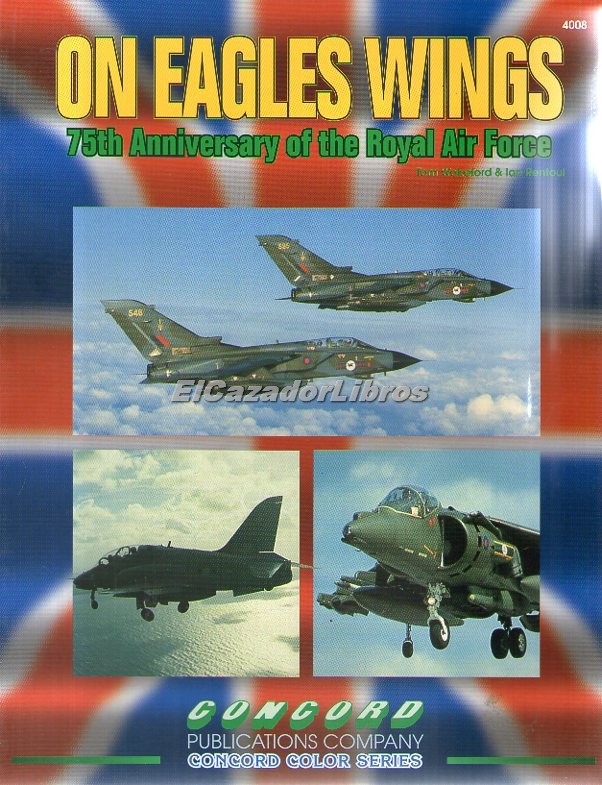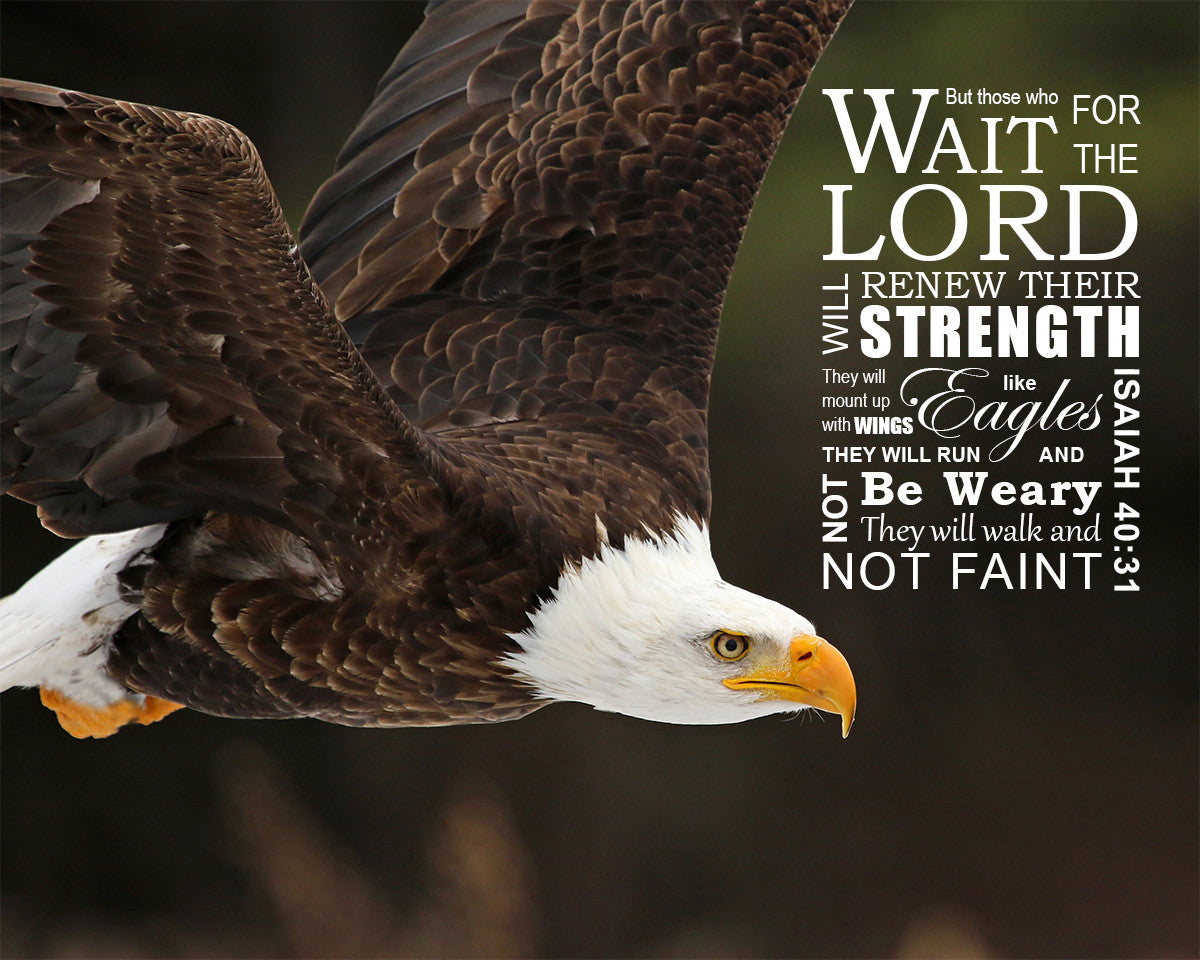

Prater made history that day as he successfully spoke to his WROV radio audience live, while riding on the Shooting Star Roller Coaster at Lakeside Amusement Park. Prater then hopped on the Shooting Star and recited the Lord’s prayer just before descending down the ride’s first drop. Around halfway through the broadcast, Prater said he wanted to test the new wireless mic by riding on the “Shooting Star” roller coaster, while live on the air.īart had faith that the wireless mic would work throughout the roller coaster ride and decided to test it out: Live on WROV, without a test run. When WROV first bought a wireless microphone for the station, Bart and I were at Lakeside Amusement Park in Salem for an afternoon remote broadcast. I have two memories working with Bart Prater that stand out for me.

Photo courtesy of DJ Steve Nelson & the WROV History Website/Pat Garrett My responsibilities at the station included setting up equipment for remote broadcasts, running the soundboard and playing records, while a WROV DJ was in charge of announcing duties.īart Prater in WROV studio.
#Dan peek on wings on eagles tv#
I was a student at Virginia Western Community College, obtaining an Associate Degree in Radio & TV Broadcasting.Īt WROV, I was hired to be a remote engineer by the Top 40 radio station. I started my first job in radio at age 18, working for WROV during April 1974. Even though WROV’s coverage area was only 25 miles wide, the station totally controlled radio listenership within the Roanoke Valley. The station was small in radio power: Transmitting only 1,000 watts in the daytime and 250 watts at night. It took another 5 years before FM radio took hold in the Roanoke area, with the advent of K92 (WXLK) 92.3 FM on January 1 st, 1980.ĭuring the halfway point of the 70’s decade, Top 40 outlet WROV 1240 AM dominated the Roanoke radio market.

While other radio markets had viable strong FM stations playing contemporary music such as Top 40, album rock and country back in 1975, Roanoke listeners still had to rely on AM stations to provide them with up-to-date popular music. Over on the FM band, there was even less variety: Of the seven AM stations, here is the breakdown of formats: On the radio side of broadcasting, Roanoke had 7 AM and 5 FM stations. For TV viewing in 1975, there were only 4 options: Local affiliates for CBS, NBC, ABC and PBS. I grew up in Roanoke, Virginia and we didn’t have many choices to hear new music. As I think back upon the beginning of my radio career, the opening lyrics of “Old Days” by Chicago seems to an appropriate introduction about small radio markets during 1975.


 0 kommentar(er)
0 kommentar(er)
